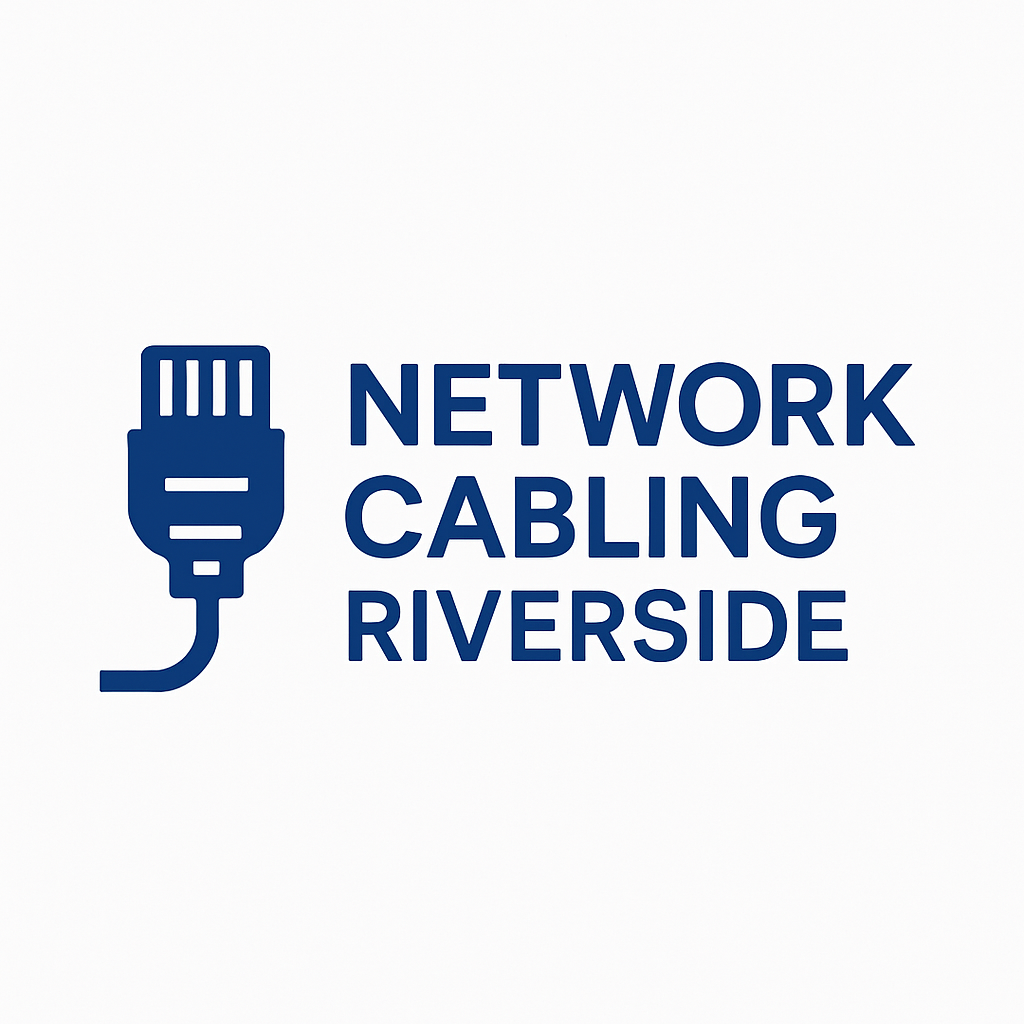Comprehensive Guide to Network Cabling for Offices in Riverside, CA
Running an office in Riverside, CA requires a reliable network infrastructure to support day-to-day operations. Network cabling plays a critical role in ensuring fast, secure, and efficient connectivity. Understanding how structured cabling works, the types of cables available, and best practices for installation can help businesses maintain productivity and prevent downtime.
What is Network Cabling?
Network cabling refers to the physical wiring used to connect computers, phones, servers, and other devices within an office network. It forms the backbone of any office IT system, providing high-speed data transmission, reliable voice communication, and secure access to network resources. Proper network cabling ensures smooth communication, faster data transfers, and scalability for future technology upgrades.
Types of Network Cables
There are several types of cables commonly used in office networks, each designed for specific applications:
- Ethernet Cables (Cat5e, Cat6, Cat6a, Cat7): These cables are widely used for data transmission between computers, switches, and routers. Higher categories provide faster speeds and better shielding against interference.
- Fiber Optic Cables: Ideal for high-speed, long-distance connections. Fiber optics are immune to electromagnetic interference and offer superior bandwidth for large offices.
- Coaxial Cables: Though less common in modern office networks, coaxial cables are still used for certain broadband and CCTV applications.
Selecting the right cable type depends on the office size, network requirements, and expected data traffic.
Importance of Structured Cabling
Structured cabling is an organized approach to network wiring. Unlike ad-hoc setups, structured cabling uses standardized practices to ensure consistency and future-proofing. Key benefits include:
- Scalability: Easy to expand the network as the office grows.
- Reduced Downtime: Organized cables are easier to troubleshoot, minimizing interruptions.
- Improved Performance: Proper cable management reduces interference and signal loss.
- Cost Savings: A structured network reduces maintenance costs and supports long-term technology upgrades.
Best Practices for Office Network Cabling
Implementing an effective network cabling system involves careful planning and execution. Some best practices include:
- Plan Layouts Ahead: Map out cable runs to minimize interference and avoid obstacles.
- Use Quality Materials: High-quality cables, connectors, and patch panels improve reliability and longevity.
- Label and Document: Label all cables and maintain documentation to simplify troubleshooting.
- Separate Power and Data Lines: Avoid running network cables alongside electrical wiring to reduce interference.
- Future-Proof the Network: Consider installing higher-category cables and conduit for future upgrades.
Common Challenges in Office Network Cabling
Even with careful planning, office network cabling can face challenges:
- Interference: Electromagnetic interference from nearby equipment can reduce network performance.
- Physical Damage: Cables can be accidentally cut, bent, or crushed.
- Obsolete Infrastructure: Older cabling may not support modern high-speed networks.
- Overcrowded Cable Paths: Poor cable management can lead to tangling and maintenance issues.
Addressing these challenges through proper planning, quality materials, and regular maintenance is crucial for a stable office network.
Conclusion
Network cabling is a foundational component of any office IT infrastructure in Riverside, CA. By understanding the types of cables, implementing structured cabling, and following best practices, businesses can ensure a reliable and scalable network. Investing in proper cabling solutions not only improves day-to-day operations but also prepares the office for future technological advancements.
